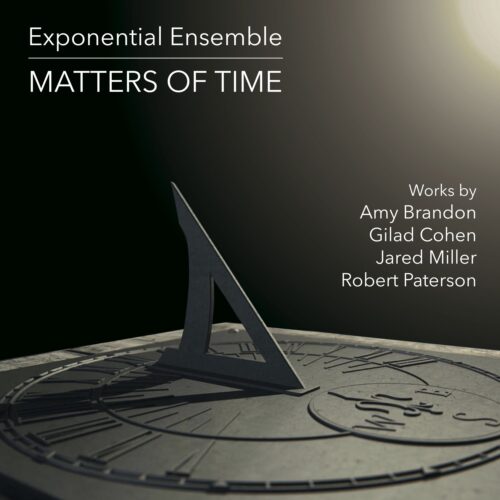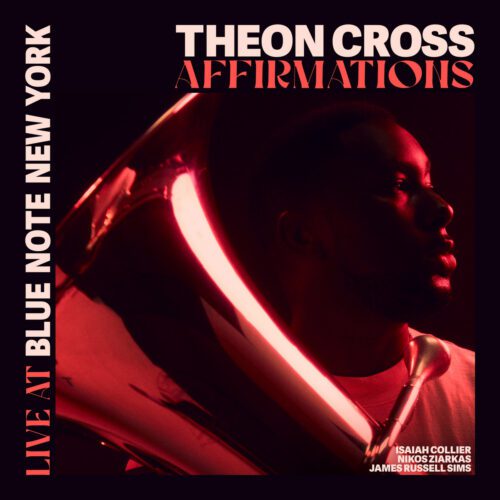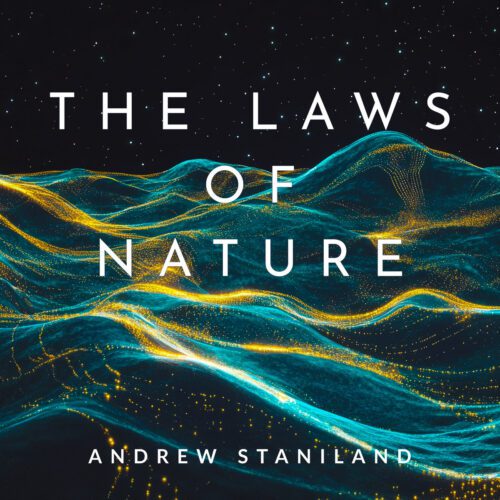It may be the return of humans to the Moon in the near future, or the prospect of landing on Mars in perhaps 25 years’ time, but the cosmos seems to be attracting the attention of musicians recently. Amanda Lee Falkenberg’s Moons Symphony, a sort of logical sequel to Holst’s Planets but featuring the moons of the solar system (our own, those of Jupiter, Saturn, etc., such as Europe, Ganymede, Titan…), is causing a stir on social networks, while a Vancouver jazz group recently proposed an album on the theme of interstellar travel. Here, on the American Modern Recordings label, is an inspiring take-off by the Exponential Ensemble, founded in New York by Quebecer Pascal Archer, which explores even more remote corners of space. Matters of Time ventures into the solar corona and Dark Matter with two substantial pieces. They return to Earth, however, in two other groundbreaking pieces: an empty and silent Times Square during the pandemic, and a tribute to four of history’s great scientists. A varied programme that generally dares to demand a certain amount of listening, but rewards that demand with intelligent musical constructs that are not overly cerebral.
Dark Matter is made up of textural evanescence and contemporary tonal abstraction, but suspended in orbit around a clear and expressive discourse and purpose. Despite the demand for attentive listening, we are not dealing with theoretical cerebralism. The dark matter that Gilad Cohen invites us to explore is real and tangible, not just the result of potential mathematical equations.
Jared Miller’s The Bright Exuberant Silence is indeed exuberant. Surprisingly so, because it evokes the famous Times Square emptied of its human presence during the COVID 19 crisis. As you will have guessed, this is a state of mind rather than a descriptive portrait. The three-movement piece, with its well-veined timbres, is underpinned by an evocative lyricism that combines abstraction with a rhythmic structure borrowed from American minimalism. This is particularly true of the 1st movement, appropriately entitled Bright Electric. Stripped of their human crowd, the lights of the world’s most famous urban crossroad become even more brilliantly intense. Stylistically, we are reminded of Michael Torke and parts of his Color Music suite. Further on, the impressionism of Ravel tinged with gestures à la Szymanowski, and passing through Takemitsu and contemporary ambient electro music, all seem to be part of Miller’s inspiration. A very fine score, contemporary but not dryly academic.
The two works that frame the programme are poles apart. Amy Brandon’s Crown of the Sun evokes the solar corona, which was visited a few years ago by the Parker space probe. NASA took advantage of this daring passage very close to our star to record the atmosphere of this extreme region of our extra-terrestrial neighbourhood. Brandon drew inspiration from these weird sounds to write an appropriately atonal piece, carried by a flute suggestive of strange, eerie states. Intense timbral saturations effectively convey the type of totally alien environment in which the scientific probe was immersed.
The final piece, Robert Paterson’s Relative Theory, is a suite in four movements dedicated to four of history’s great scientific figures: Blaise Pascal, Albert Einstein, Emmy Noether and Pythagoras. Musically speaking, it’s a radical return to Earth, I’d even say at daisy level. Pastoral lines, with a melodic simplicity that wouldn’t be out of place in a period CBC series (like Anne of Green Gables). A verbatim quotation from Bach’s famous Cantata BWV 208, Schafe konnen sicher weiden, is heard in the movement as a tribute to Emmy Noether, the German mathematician considered a genius by Einstein. It’s very pretty, but the unexpected contrast with the rest of the programme is perplexing.
























